What Every Snowshoer Needs to Know About Avalanche Safety
By Mark Staples, Director, Utah Avalanche Center
Snowshoeing is an excellent way to get exercise and enjoy winter hiking when snow blankets the ground. Yet the reality is, you’ll need more than snowshoes if your winter hikes take you into the mountains, beyond the flat snowshoeing trails. That’s because in areas surrounded by slopes, hillsides and peaks, avalanches can be a serious hazard and avalanche safety is priority number one.
As a snowshoer, you may be asking, “But aren’t avalanches just a hazard for extreme skiers and snowboarders?” The answer, unfortunately, is no. In fact, snowshoers have been caught in avalanches during simple day hikes. However, with the right knowledge, you can make the right choices to keep you safe in mountains. Here’s a quick guide on what you need to know before you go. If you plan to snowshoe in the backcountry, you’ll want to follow this up with a course on avalanche education; this blog is not a substitute for professional education.
Be avalanche aware
Avalanches can happen on any steep slope, no matter where it is. In February 2014, a young woman was fatally buried near Provo, UT in an avalanche only 200 feet from the trailhead. She and friends had followed a popular summer trail which led under a very short but steep slope just above a creek. She triggered the avalanche from below, was swept into the creekbed and buried.
Unfortunately, her friends didn’t have the tools or knowhow to rescue her. On that day, the Utah Avalanche Center issued an Avalanche Warning. The avalanche danger was rated “High” at upper elevations and “Considerable” at low elevations where this slide occurred. The heartbreaking reality is, if she had simply walked along the other side of the creek, she wouldn’t have been buried. She and her friends had no idea they were in avalanche terrain.
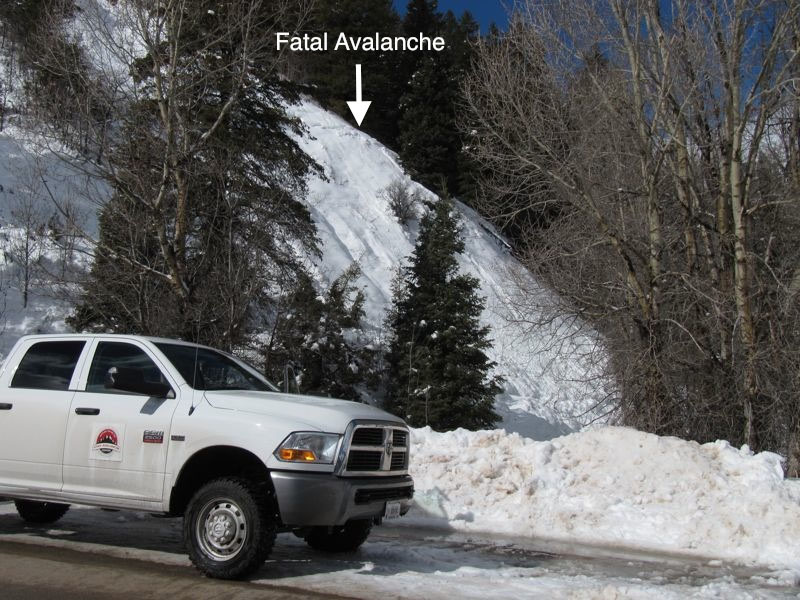
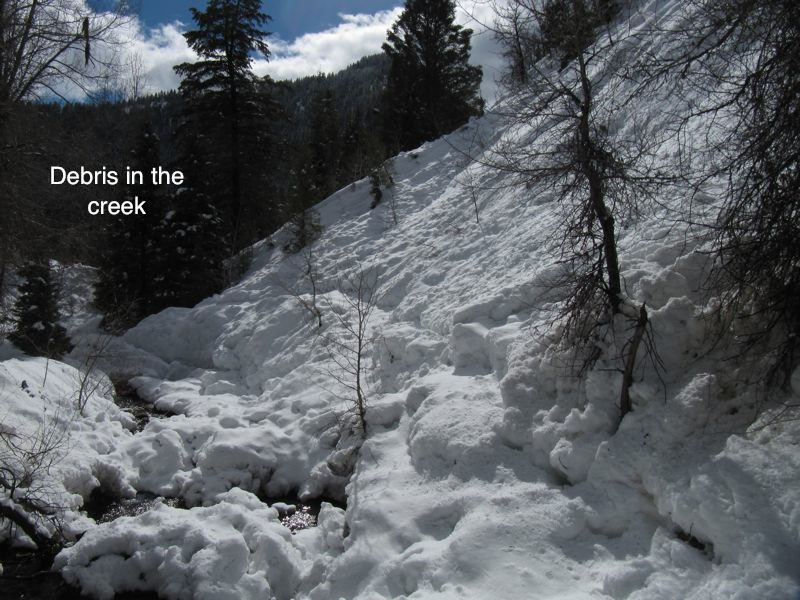
How do snowshoers prepare for a safe trip?
There are three simple steps we need to take to safely and confidently snowshoe in snow-covered mountains. After all, the goal is to get outside and enjoy the mountains!
1. Get the gear
Before you leave the house, you’ll need three essential pieces of gear for avalanche rescue. And not just you; every person in your group needs all three items. They are an avalanche transceiver, probe, and shovel.
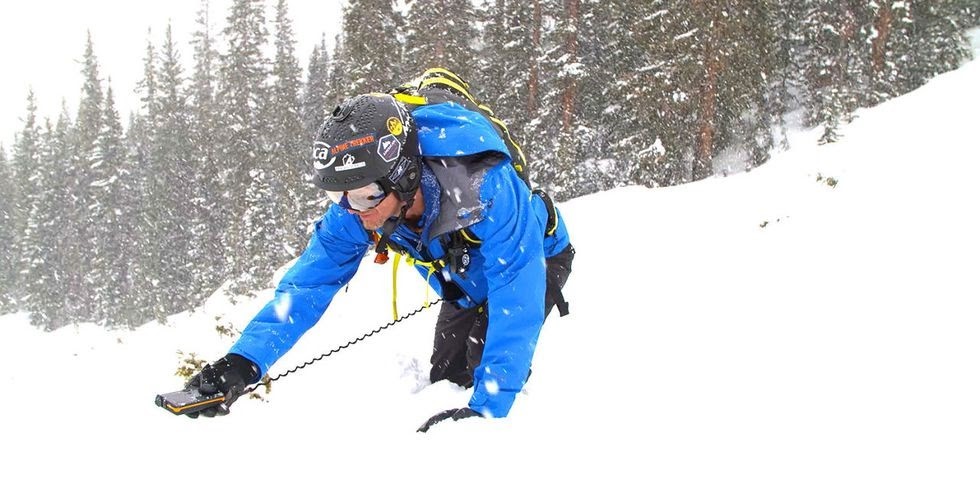
If you or your partner are buried, you can’t call for help. That’s because a buried person has only 10-15 minutes to live under the snow (see the graph). You simply can’t depend on any professional rescue group to get to you that quickly. You are now the rescuer. And the ONLY way to find a buried person in that time is by teaming up with your group and performing the rescue. This is why everyone in the group needs to have this gear and the training to use it.
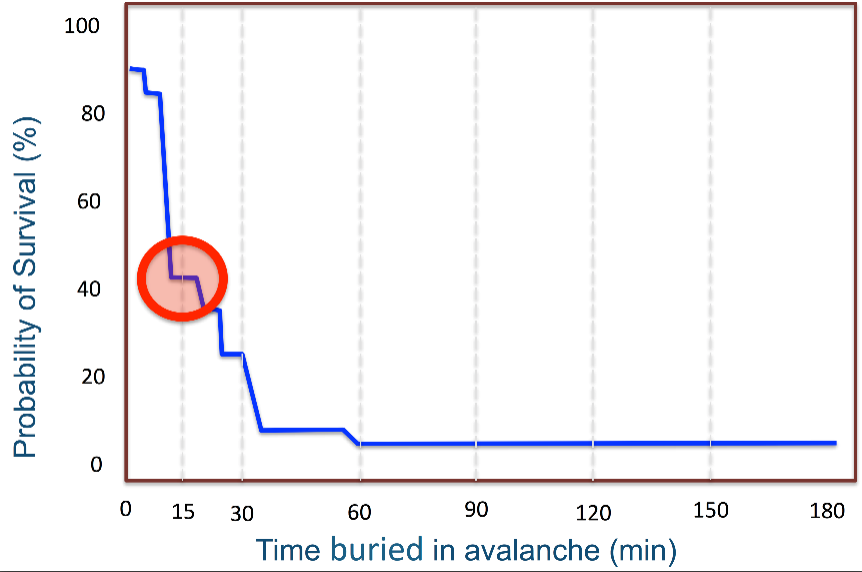
The three essential pieces of avalanche rescue gear are:
- Avalanche Transceiver – If you are buried in an avalanche, this electronic device, which is worn on your body, transmits a signal that allows your partner to find you. If your partner is buried, your device can receive the signal from their transceiver and will help you locate them.
- Avalanche Probe – After you use the transceiver to get as close as you can to the buried person, the probe allows you to pinpoint their exact location under the snow. A probe is a collapsible pole that deploys to full length (a couple meters) that you poke in the snow until you strike your partner.
- Avalanche Shovel – Once the snow from an avalanche settles, it typically hardens like concrete. The only way to dig someone out of the debris is with a specially designed avalanche shovel. These shovels are also collapsible so that they easily fit in a backpack. After you pinpoint your partner’s location with the probe, you leave the probe in the snow and begin digging through the debris.
These three items are essential gear, but the most important piece of gear is your partner. While the gear helps pinpoint your location in the snow, only a good partner with training can find you and save your life.
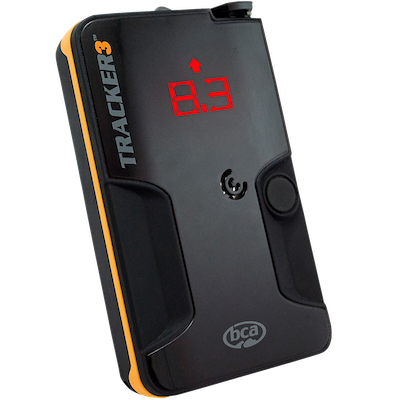
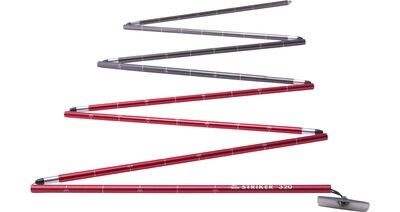
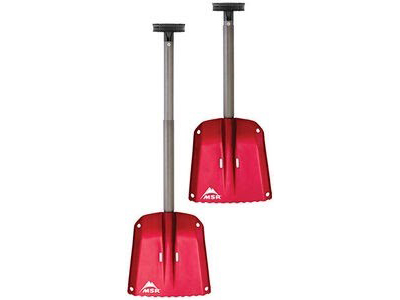
2. Get the training
Once you get the gear, you’ll need to learn how to use it. If an avalanche happens, there’s no time to learn how to use your gear out there; you must know what to do and how to do it immediately.
Even more important, however, is learning how to avoid avalanches in the first place. This is the main focus of avalanche training. One of the best ways to avoid avalanches is to know where they happen so that you can avoid these areas. The types of places where avalanches happen is referred to as “avalanche terrain.”
“Avalanche terrain” includes three things: where the avalanche starts, where it travels (or “runs”), and where its debris piles up. Avalanches need slopes steeper than 30 degrees to start. Once triggered, they can run lethally into flat terrain below. If you learn to identify what avalanche terrain looks like, you can avoid it. Just remember that avalanche terrain is not just steep slopes–it also includes the flat terrain underneath steep slopes.
Don’t blindly follow summer trails! One common mistake made by snowshoers is to follow summer trails in winter. Often these trails cross avalanche terrain and can be dangerous routes to follow in winter. The advantage of snowshoeing in winter is that you get to make your own trail and follow any route you want.
Devices called inclinometers (or slope meters) can help measure how steep as slope is. There are many smartphone apps that can do the same thing.
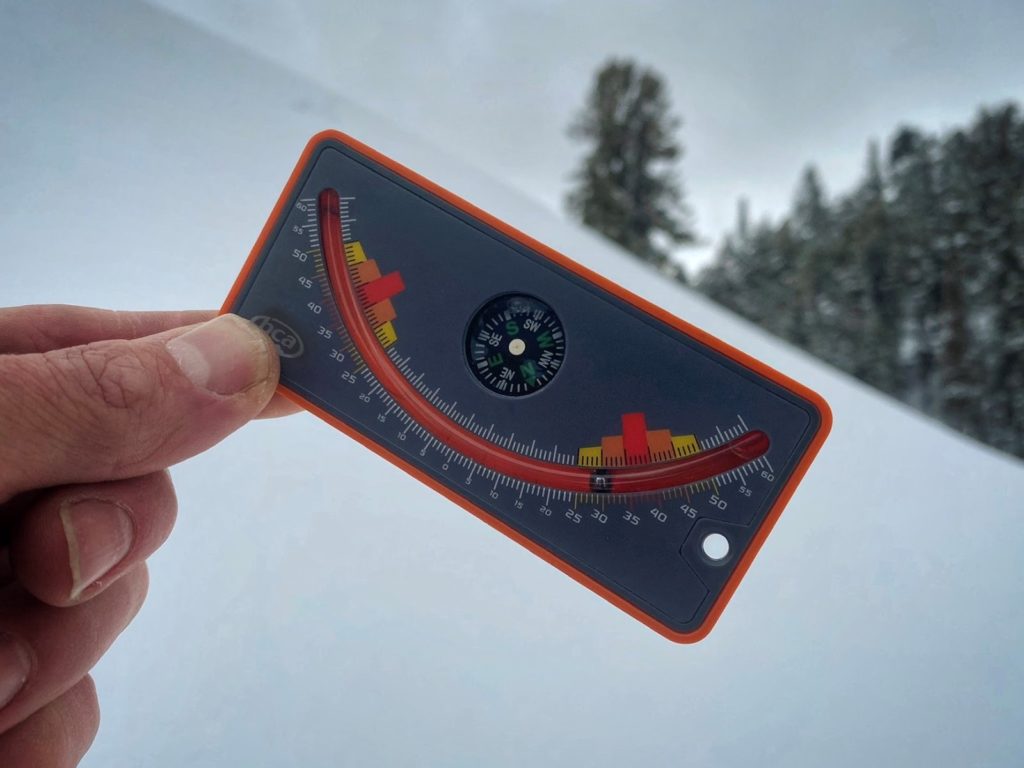
3. Get the Forecast
Once you have the gear and the training, the last step before you leave the house is to get the local avalanche forecast provided by your local Avalanche Center. Avalanche conditions can change drastically from day to day and even throughout a single day, so make sure to check the forecast on the day you go snowshoeing.
Avalanche forecasts in the U.S.
Avalanche forecasts in Canada
The forecast will give you an avalanche danger rating. It will also give you a lot of information about the types of avalanches that may happen, how to avoid them and how the day’s weather may change conditions. When you get the training, you’ll learn how to take advantage of the forecast and how to get more out of it.
What about snowshoeing in the fall and early winter?
As soon as there is enough snow for snowshoeing, there is enough snow for avalanches. In fact, avalanches in the fall and early winter can be even more deadly. One main reason is that the snowpack is still thin and barely covers the downed trees, rocks, and stumps. If caught in an avalanche during this time of year, the avalanche can carry you through these obstacles at high speeds. About a quarter of all fatal avalanche accidents are due to trauma.
Bottom line
The simplest solution to safe snowshoe travel in the mountains is to avoid places where avalanches occur. Big slopes are sometimes obvious places, but small slopes can produce sizable avalanches as well. Still, snowshoeing is an incredible way to experience the winter mountains. With the right gear and education, you can venture into avalanche terrain with confidence, or proactively steer clear of it as you plan your next escape into winter’s solitude.
